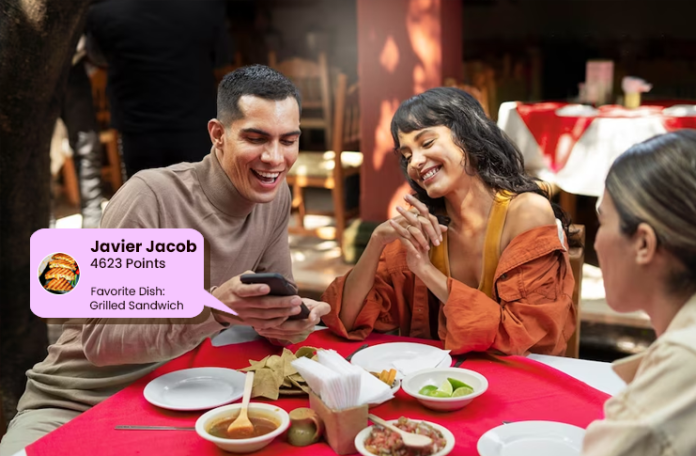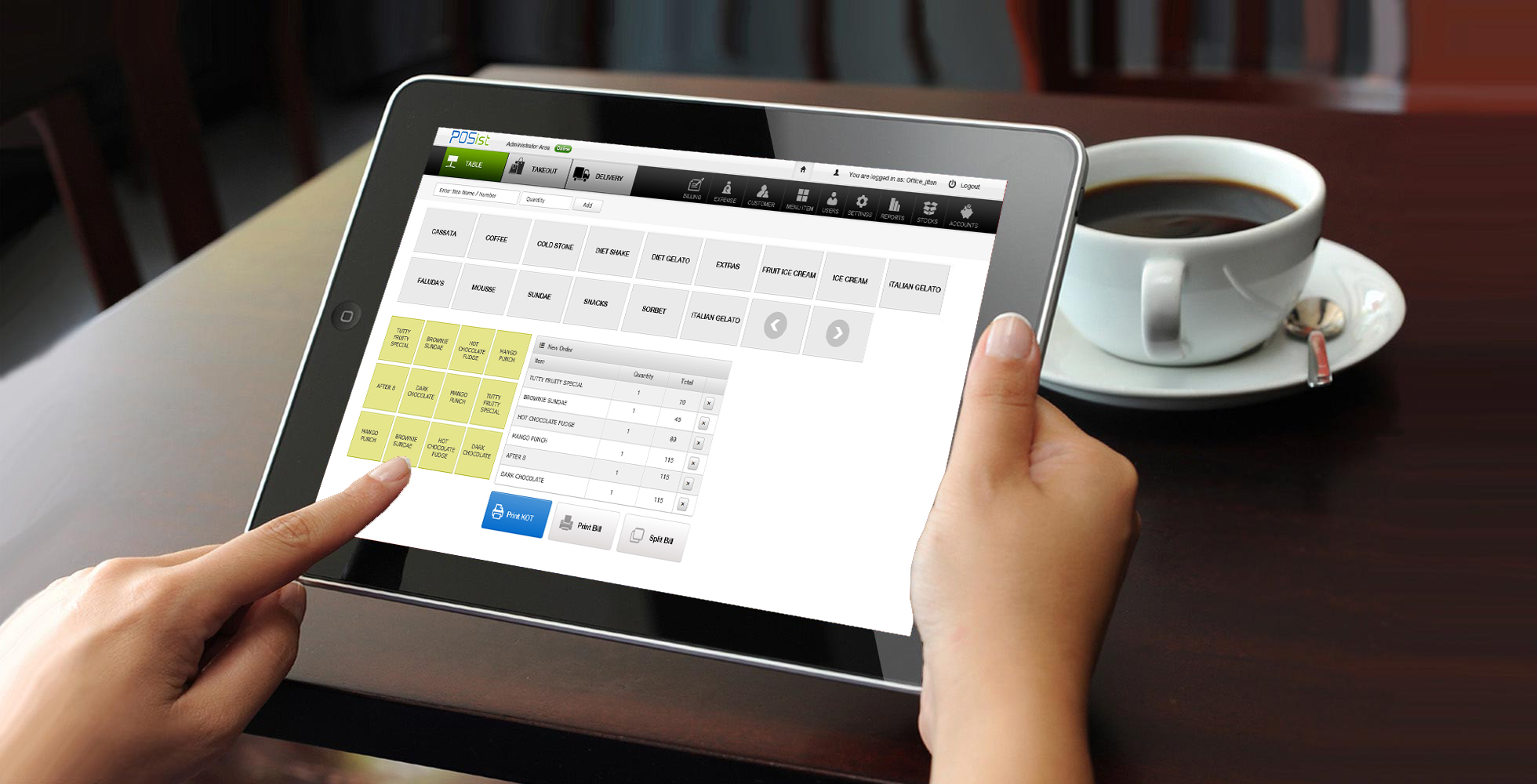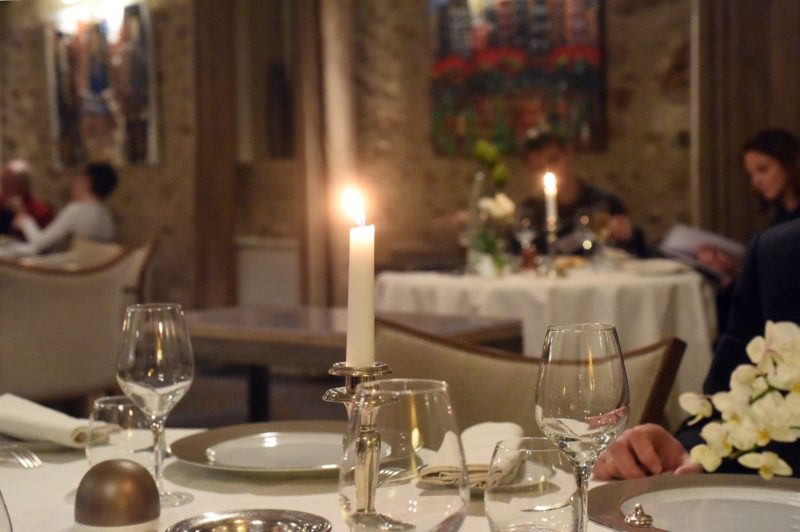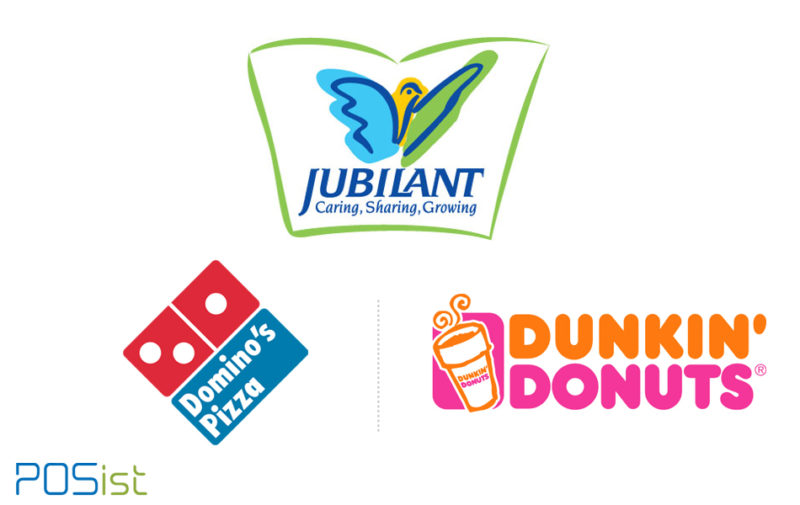As a restaurant owner, you understand how important it is to ensure that customers constantly enter through the doors. Implementing restaurant loyalty programs can be a great way to achieve that!
Establishing a loyalty program for your restaurant is one approach to persuade diners to make your establishment their go-to destination. In fact, over 60% of Gen-Z customers are influenced by a robust loyalty program. Moreover, building brand loyalty can save new restaurants money and increase total profitability.
A loyalty program can take a variety of shapes. Still, at its most basic level, it’s a restaurant marketing strategy that encourages consumers to return. They also track customers’ spending and reward them with points that can be swapped for prizes. A customer loyalty program is one of the top three elements that affect restaurant choices, according to Publicis Sapient’s Digital Life Index.
Continue reading to understand how you can get started with your restaurant’s first loyalty program.
Why Is Restaurant Loyalty Program Important?
Restaurant loyalty programs are one way to make restaurants more relevant among customers. According to a report, 88% of people think loyalty programs can help them through inflation and a possible recession.
Here are some more reasons why a restaurant loyalty program is important:
- Attracts new customers: Word-of-mouth marketing is an effective method for attracting new customers. Satisfied customers are eager to tell others about their experiences, including their experience with your restaurant’s loyalty program. Also, compared to other marketing strategies, people are likelier to accept personal recommendations.
- Boosts customer retention: Nearly 80% of customers will stick with a brand if they have a loyalty program. Plus, by allowing the customers to convert their points into money (gamification), you can encourage them to return.
- Increases revenue: Loyalty members typically purchase more often and at higher prices than non-loyalty members. This can boost your revenue by 5–10%. In fact, improving customer loyalty by just 5% can boost profits by 95%.
Loyalty Program Ideas For Restaurants
Reinforcement and reward are the two pillars of any successful customer loyalty program.
Keeping these two in mind, here are ten types of loyalty program ideas you can employ in your restaurant.
Points-Based Loyalty Program
Customers earn a particular number of points for every dollar they spend. They can exchange the points for food, merchandise, or restaurant credit.
For example, under Chipotle’s rewards program, customers received an order of tortilla chips for as few as 250 points, a side of guacamole for 400 points, and a bottled soft drink for 600 points. It also offered customers a chance to donate their points to charities.
Tiered Loyalty Programs
Another excellent strategy to boost customer retention is to implement tiered loyalty programs. With this type of loyalty program, guests earn points based on how frequently they visit your restaurant.
This means that the more frequently customers visit, the better rewards they receive and move up the tiers. For example, you can give a free beverage to guests in the first tier and a flat discount on the total bull to guests in the third tier.
Moreover, while you are free to include any tiers you like, categorizing the tiers for different order volumes is the best method to introduce this program.
Free Delivery
Free delivery encourages people to order food from your restaurant and can help you boost revenue, especially on sluggish weekdays.
For instance, you can offer free delivery if a customer’s final bill totals $25 or more. Additionally, you might offer free delivery to consumers with a certain number of points, say 100 points.
But don’t give free delivery on all orders, as this could reduce the reward’s allure and make it less appealing.

Secret Menus
If you want to design a restaurant loyalty program based on reward points, one of the most elite reward categories might be themed around a secret menu, which is common at restaurants like Chipotle and Starbucks.
A secret menu can be whatever you wish. It might have variations of your best-selling menu items or other dishes that don’t quite fit your usual menu.
Additionally, consider switching out your secret menus every month to increase customer engagement.
Loyalty Apps
An app-based loyalty program enables customers to accumulate points, access premium discounts, get personalized offers, and enjoy unique benefits through their mobile devices.
With only a few smartphone taps, every stage of the customer experience can be completed. This is a significant advantage over reward programs only available offline or on websites.
For instance, Taco Bell developed an in-app loyalty program with a strong gamification emphasis on rewarding customers for repeat orders and social media engagement. Loyalty members can earn benefits by placing orders using the mobile app or connecting their Facebook, Instagram, and Twitter accounts to the program.
Experiential Rewards
Selling people ’a one-of-a-kind experience’ can help make them more loyal to your brand. So base your loyalty program on experiences so your user rewards can go beyond simple transactions.
For example, a customer with a certain number of points can know about exclusive offers before anyone else. Or, in the future, if your business hosts an event, members could get access to it for free.
While creating experiential incentives might be tough, they can help you provide guests with experiences they cannot find at other restaurants, boosting customer satisfaction.
Third-Party Reward Networks
Reward networks are independent companies tasked with managing loyalty programs for other businesses. If you don’t have enough time or personnel to create and manage a rewards program, outsource the program to these networks.
The correct system can handle everything from new member acquisition to customer redemption. For instance, you may collaborate with a neighbourhood food store, so your loyal customers can get grocery store discounts.
This would motivate customers to return to your establishment, enhancing both loyalty and foot traffic.
Referral Programs
Over 70% of consumers are likely to refer a business with a strong loyalty program to their family and families. So, word-of-mouth is extremely important, especially in the hospitality industry.
So, incentivize word-of-mouth. This means that every time a current customer brings in a new guest, reward them.
For example, you could give a free dessert to every new customer your present customer brings in.
Promotional Rewards
You could create a loyalty program that gives prizes with expiration dates, so your customers could be enticed to order within a set window. Such incentives do not need to be related to particular spending habits.
You can offer these incentives as unexpected promotions to encourage customers to celebrate their birthdays at your restaurant or to increase sales during quiet times.
For example, Dunkin’ offers its loyalty program customers discounted coffee beverages and two-for-$2 breakfast wrap combo deals between 2–6 pm.
Punch Card Rewards
Implementing punch card rewards includes selling a punch card to your customers for a small amount and then punching it every time they buy something. After a specific number of punches, they could get an option to get a free goodie or an exclusive promotion.
For example, you could give your customers a free espresso at a coffee shop after they’ve ‘punched in’ ten times.
This could also encourage customers to try new foods at your restaurant. For instance, if they receive a punch for trying out five different food items, they receive a free dessert.
Conclusion
A restaurant loyalty program shouldn’t only look good on paper; the implementation should be seamless and successful in boosting customer experience. This is important because as many as 80% of customers switch brands after a bad experience.
You can easily avoid this by integrating the customer loyalty program with your restaurant’s point-of-sale (POS) software. This helps you track consumer behavior but also helps you discover their spending habits, identify buying patterns and preferences, and evaluate the effectiveness of your loyalty program.


















